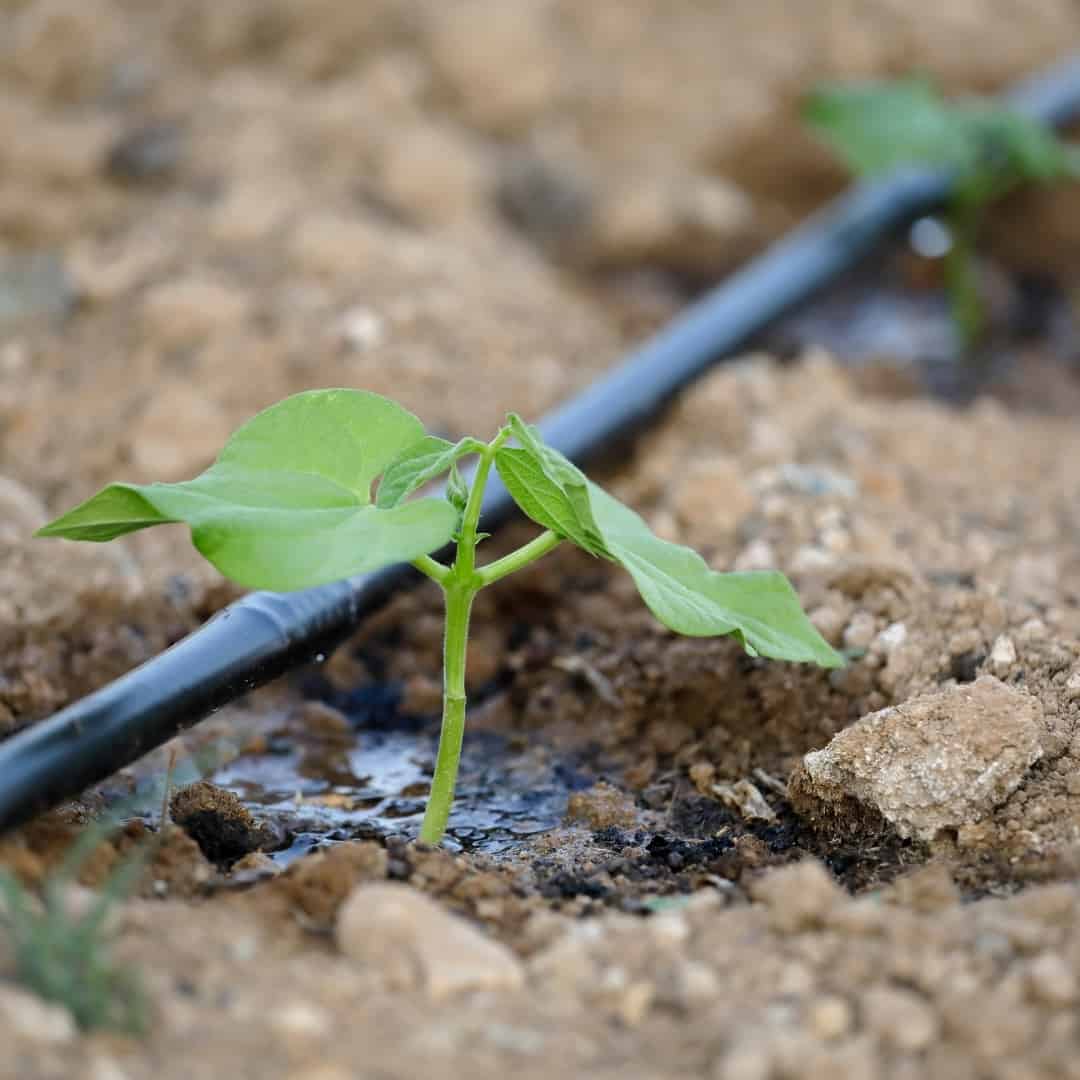So you have your garden set up, seeds planted, and are ready to get growing, now it’s time to learn how to keep that health going and maintain your produce. If you are just starting a garden and want to begin preparing, click here to visit my article on choosing your seeds, selecting your garden location, and building your own garden beds. If you have already completed this step, you can click here to visit my more recent post on essential tools for maintenance, the best soil for your seeds, and how to properly transplant your seeds or seedling. Finally, if this part is completed, we can begin the last step of keeping your garden healthy in this article which covers proper watering, fertilizing, and the basics of integrated pest management (IPM).
 The first part of maintenance will be establishing a proper routine of watering. Depending on your environment (weather, location, etc.) and the plant species, there will be different requirements for water. Watering your plants too much or too often can lead to fungi growth, leaf spots, and overall unhealthy plants. Let the soil dry in between watering to keep this from happening. Also, avoid getting the foliage wet and water the soil directly instead. If you are somewhat of a forgetful person, it may be better to invest in something automated such as a drip irrigation system.
The first part of maintenance will be establishing a proper routine of watering. Depending on your environment (weather, location, etc.) and the plant species, there will be different requirements for water. Watering your plants too much or too often can lead to fungi growth, leaf spots, and overall unhealthy plants. Let the soil dry in between watering to keep this from happening. Also, avoid getting the foliage wet and water the soil directly instead. If you are somewhat of a forgetful person, it may be better to invest in something automated such as a drip irrigation system.
 The second part of maintenance is proper fertilizing. The only thing worse than starving a plant of appropriate nutrients is accidentally overfertilizing it, so make sure before applying to research the needs of your plant species and use the right amount of fertilizer. Avid gardeners have determined the best time to fertilize is in the spring and right after planting. However, when applying directly after planting, the process is a bit different. Gently work a granular fertilizer into the soil around the plants (make sure not to use liquid fertilizer with new seedlings because it can burn young roots). After you’ve worked it in, water in the fertilizer. If you have concerns about how many nutrients are currently in your soil (your plants seem unhealthy), it never hurts to do a new soil test either! If you have any more questions about fertilizer, this website is excellent for determining the differences between the types available and how to apply it.
The second part of maintenance is proper fertilizing. The only thing worse than starving a plant of appropriate nutrients is accidentally overfertilizing it, so make sure before applying to research the needs of your plant species and use the right amount of fertilizer. Avid gardeners have determined the best time to fertilize is in the spring and right after planting. However, when applying directly after planting, the process is a bit different. Gently work a granular fertilizer into the soil around the plants (make sure not to use liquid fertilizer with new seedlings because it can burn young roots). After you’ve worked it in, water in the fertilizer. If you have concerns about how many nutrients are currently in your soil (your plants seem unhealthy), it never hurts to do a new soil test either! If you have any more questions about fertilizer, this website is excellent for determining the differences between the types available and how to apply it.
 The final step is just making sure to do general maintenance and keep up with your garden. Integrated pest management is particularly essential because it will reduce the chance of pest and fungal outbreaks. It’s also crucial to clean your garden tools that can contract bacteria. Additional plant maintenance includes pruning and culling your plants as needed. Pruning will cut back branches to control growth and make room for more foliage. Culling your plants will clean up the unhealthy parts of vegetation and create new room for growth. Weeding will also clear up space and ensure your plants are getting sufficient nutrients too! By following these maintenance tips, you can make sure you clean out possible pests, unhealthy material and create more room to flourish.
The final step is just making sure to do general maintenance and keep up with your garden. Integrated pest management is particularly essential because it will reduce the chance of pest and fungal outbreaks. It’s also crucial to clean your garden tools that can contract bacteria. Additional plant maintenance includes pruning and culling your plants as needed. Pruning will cut back branches to control growth and make room for more foliage. Culling your plants will clean up the unhealthy parts of vegetation and create new room for growth. Weeding will also clear up space and ensure your plants are getting sufficient nutrients too! By following these maintenance tips, you can make sure you clean out possible pests, unhealthy material and create more room to flourish.
I loved how you made this small series about gardening each step with their own detailed article. This was a pleasure to read, thank you for these and keep up the fantastic work, I’ll definitely have to do some gardening over the spring/summer breaks.